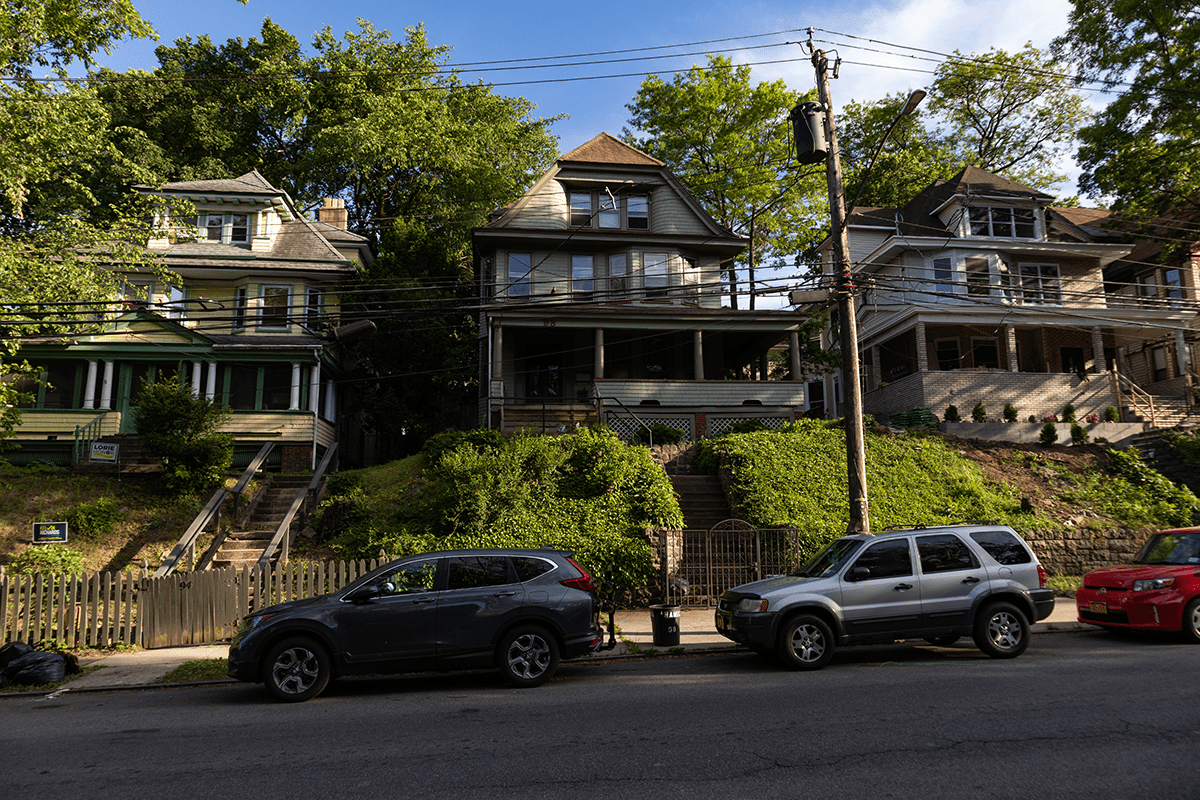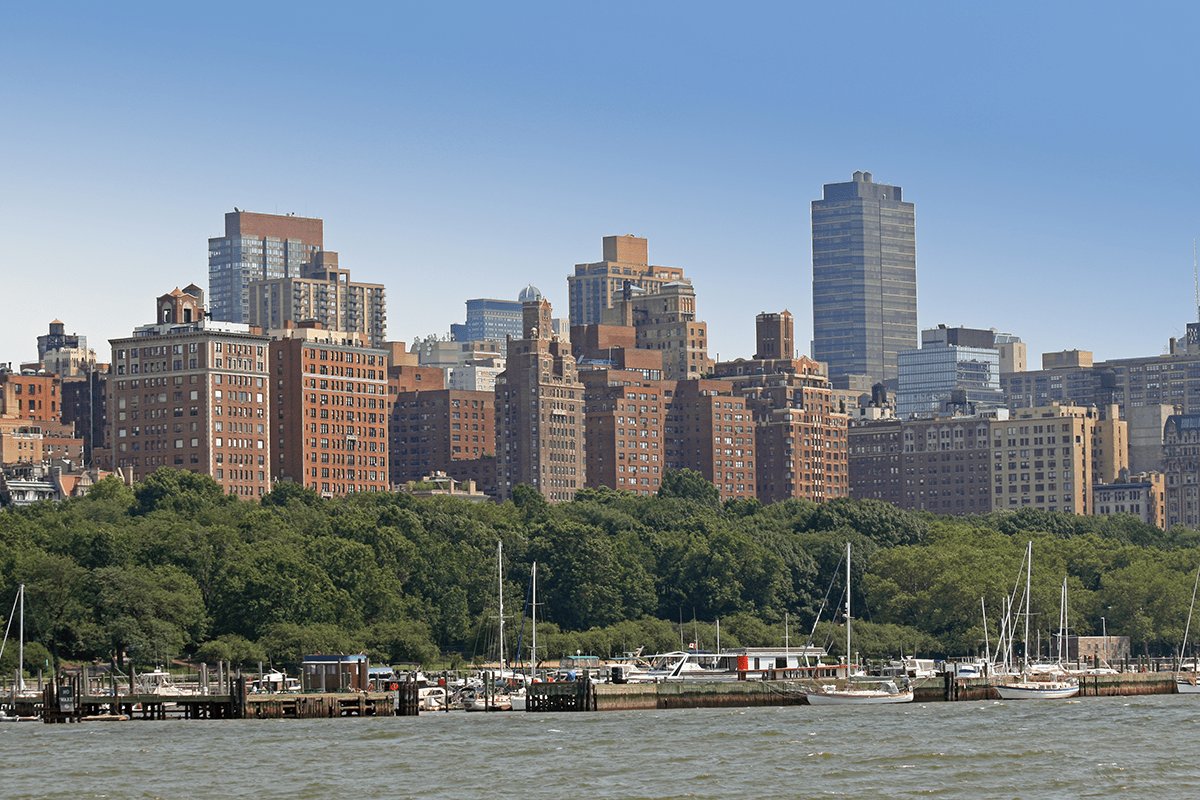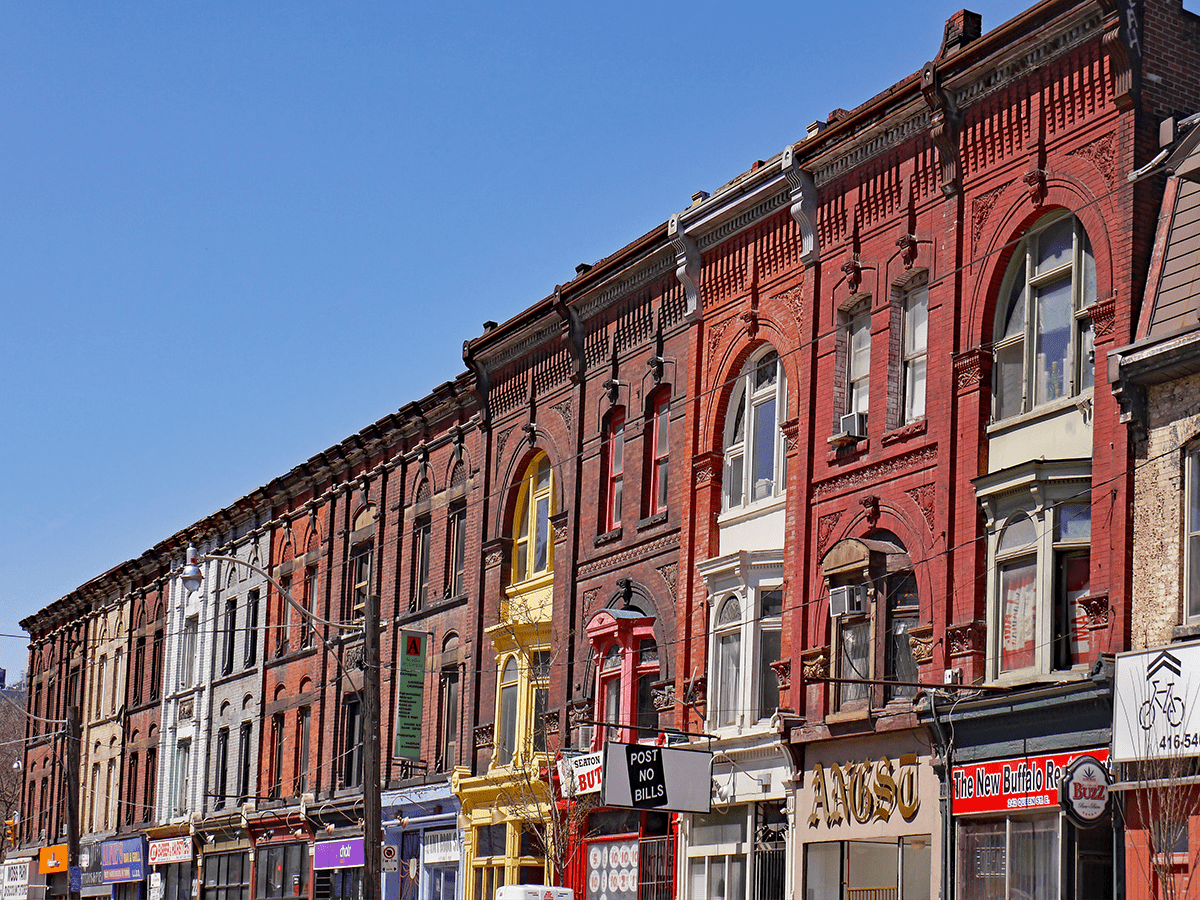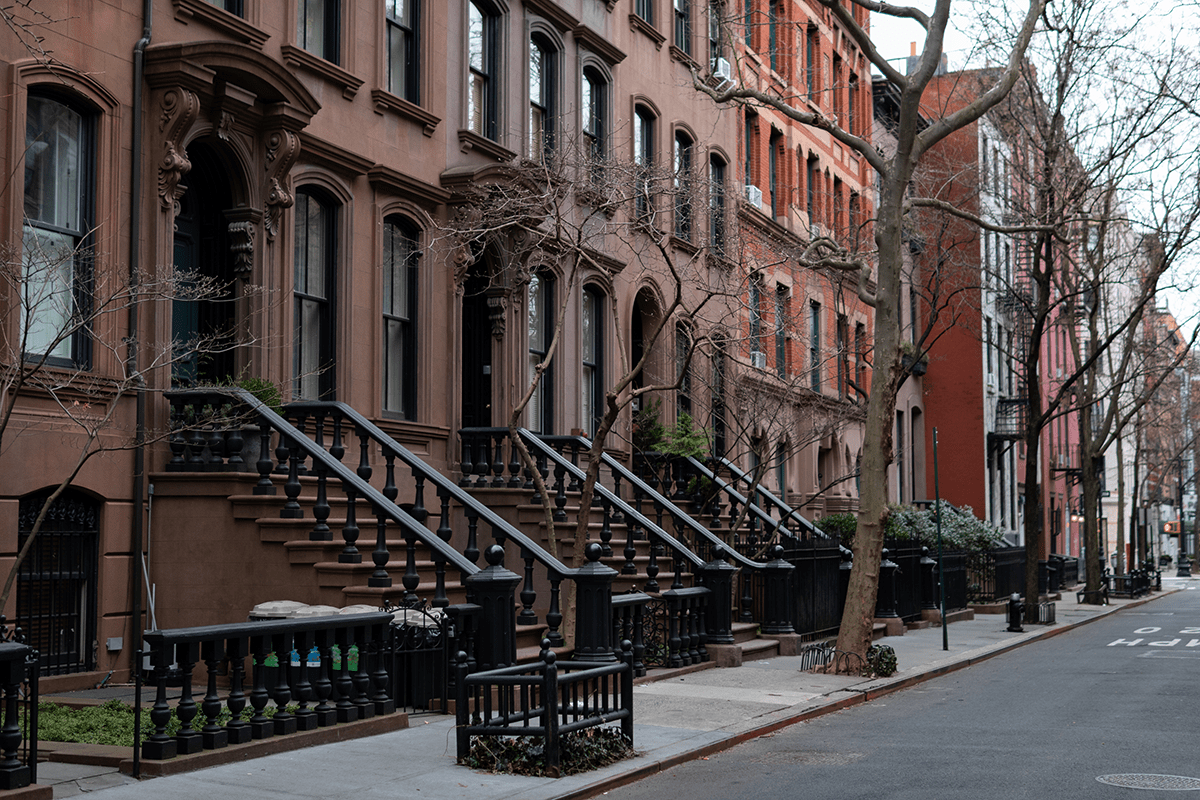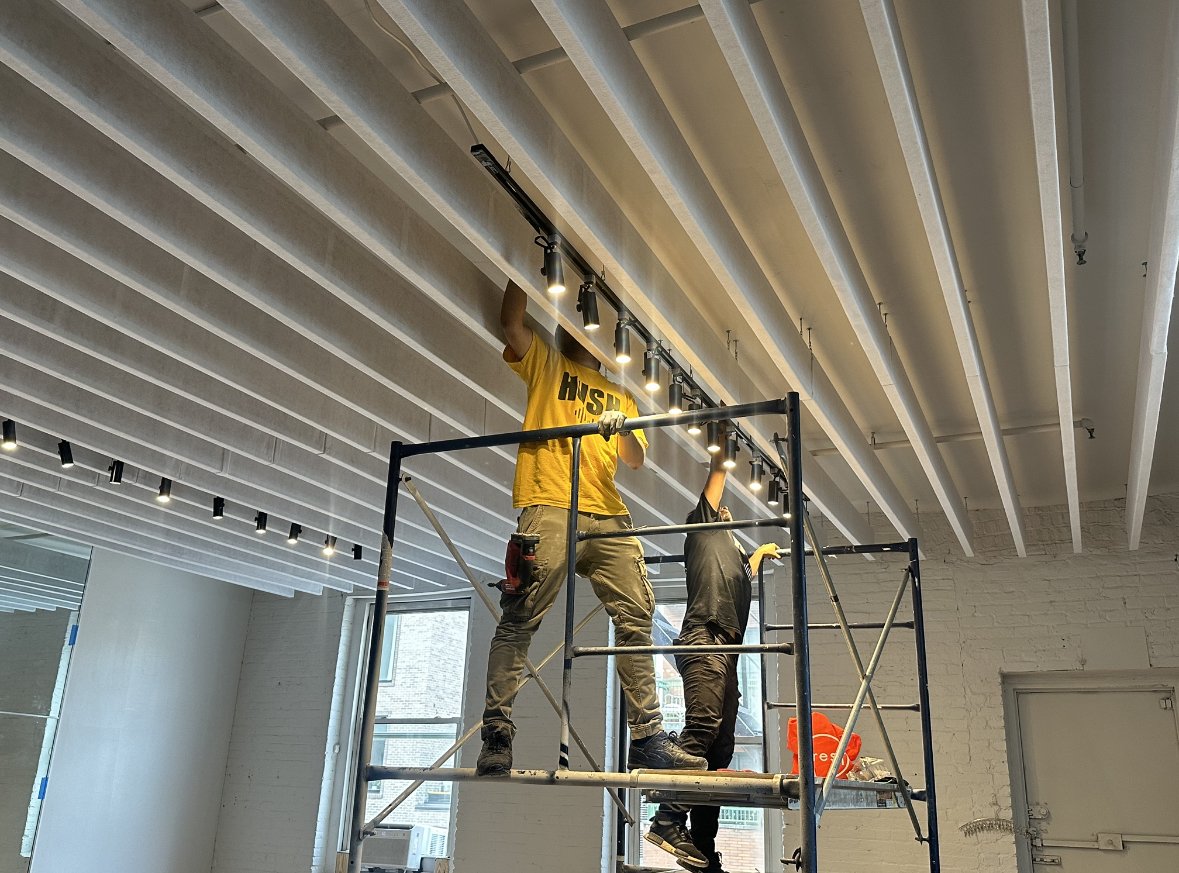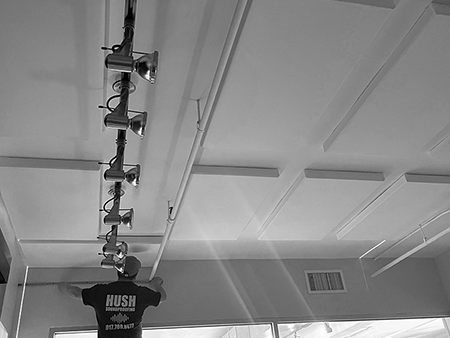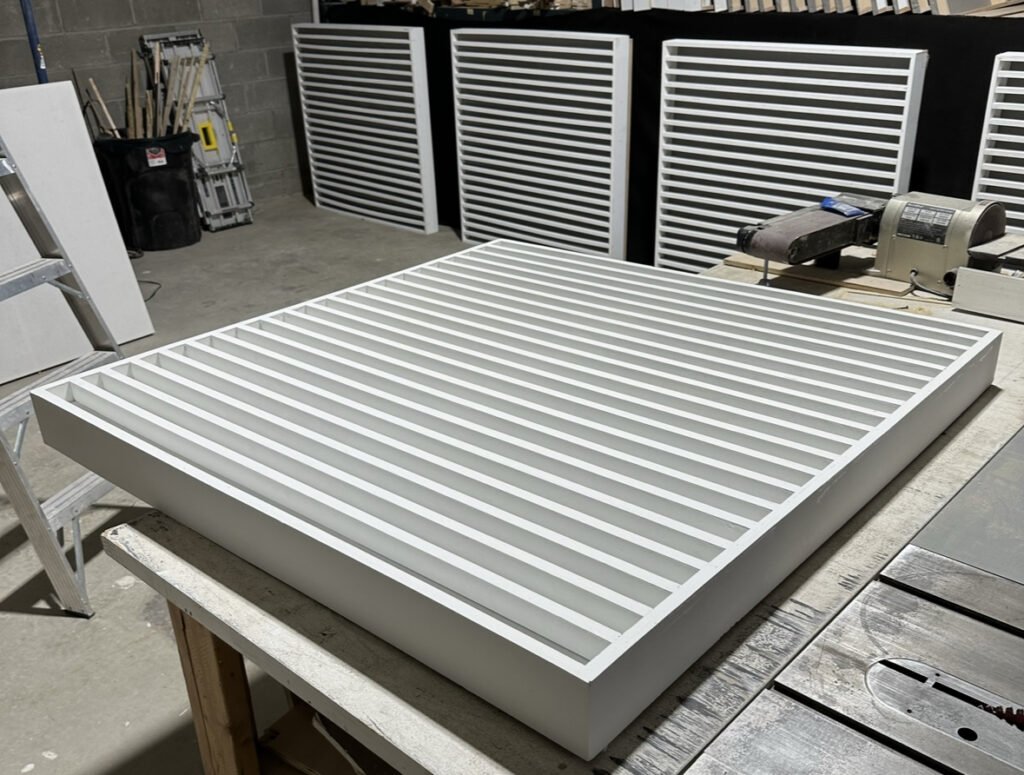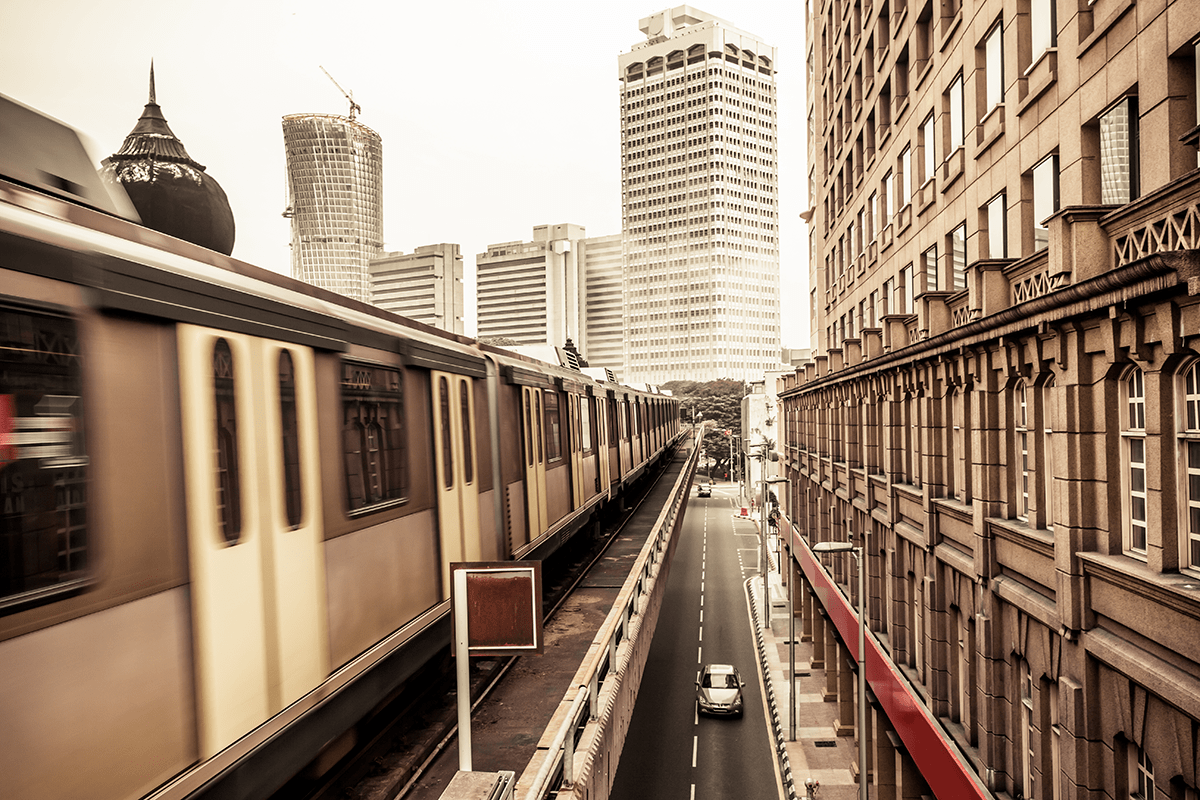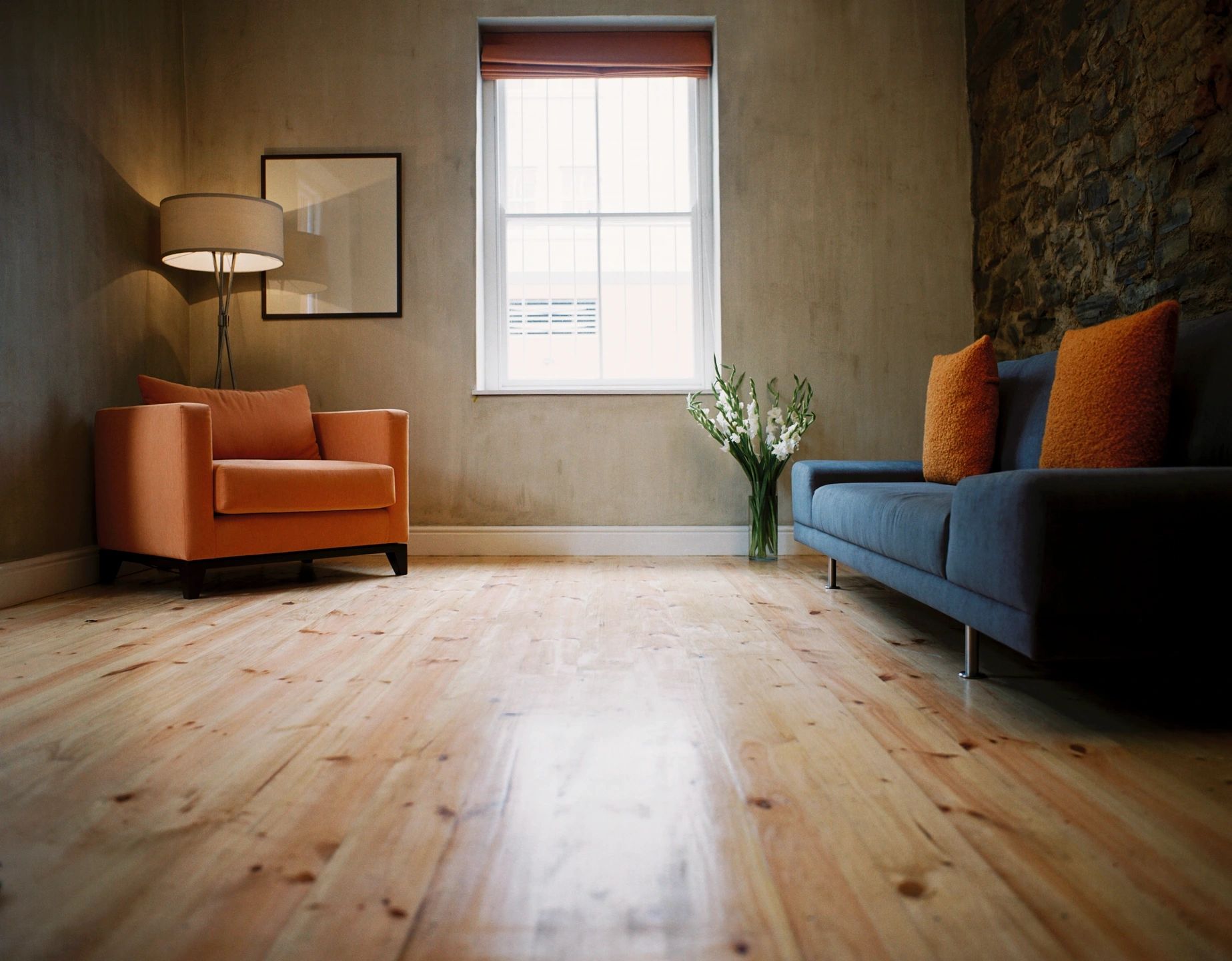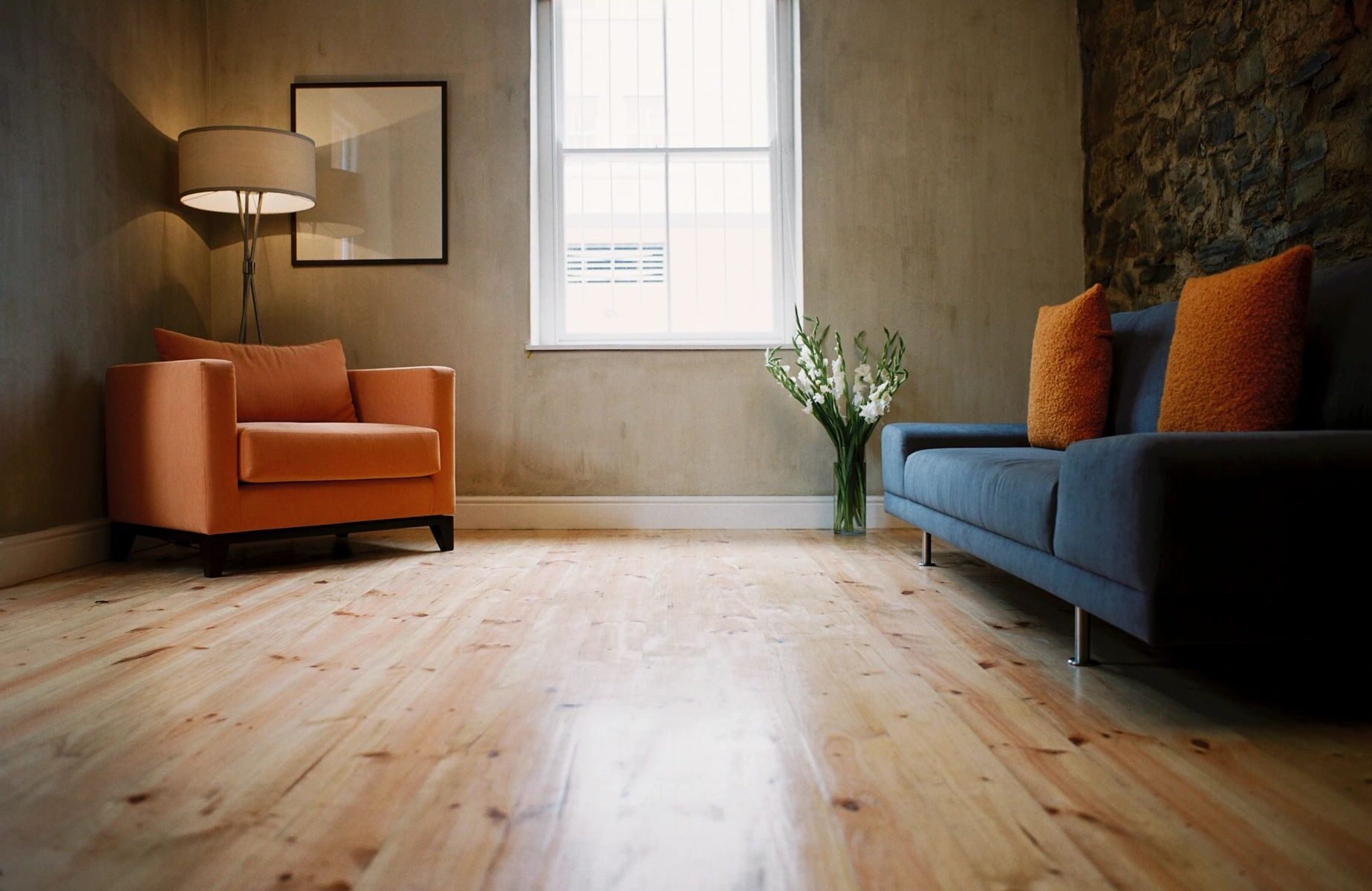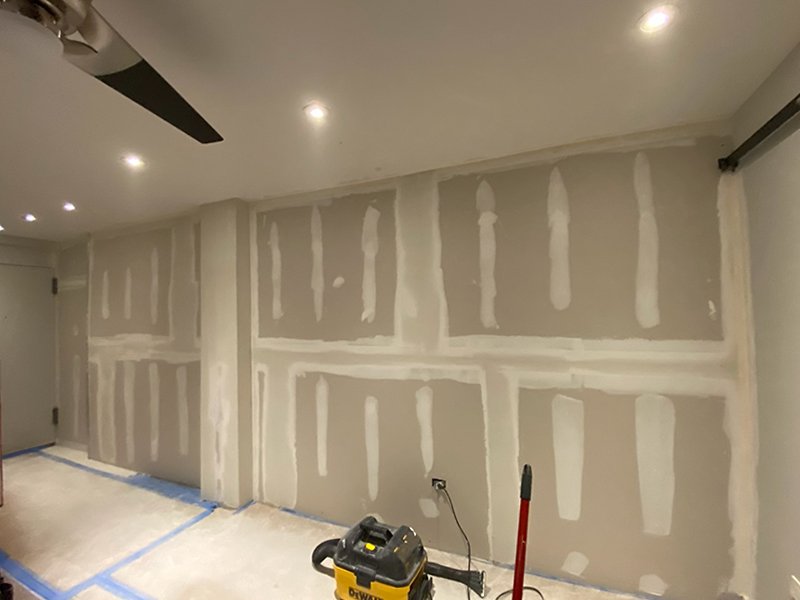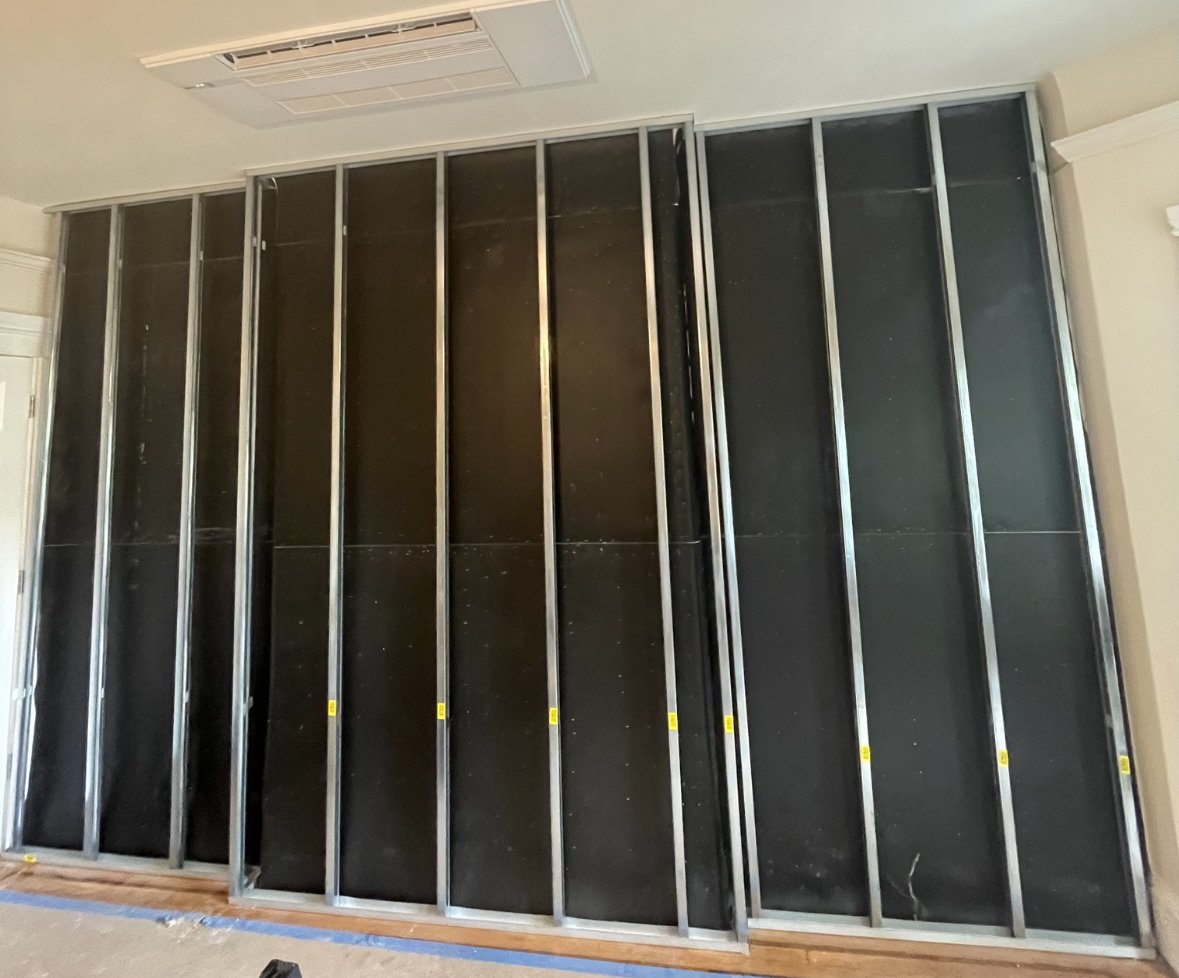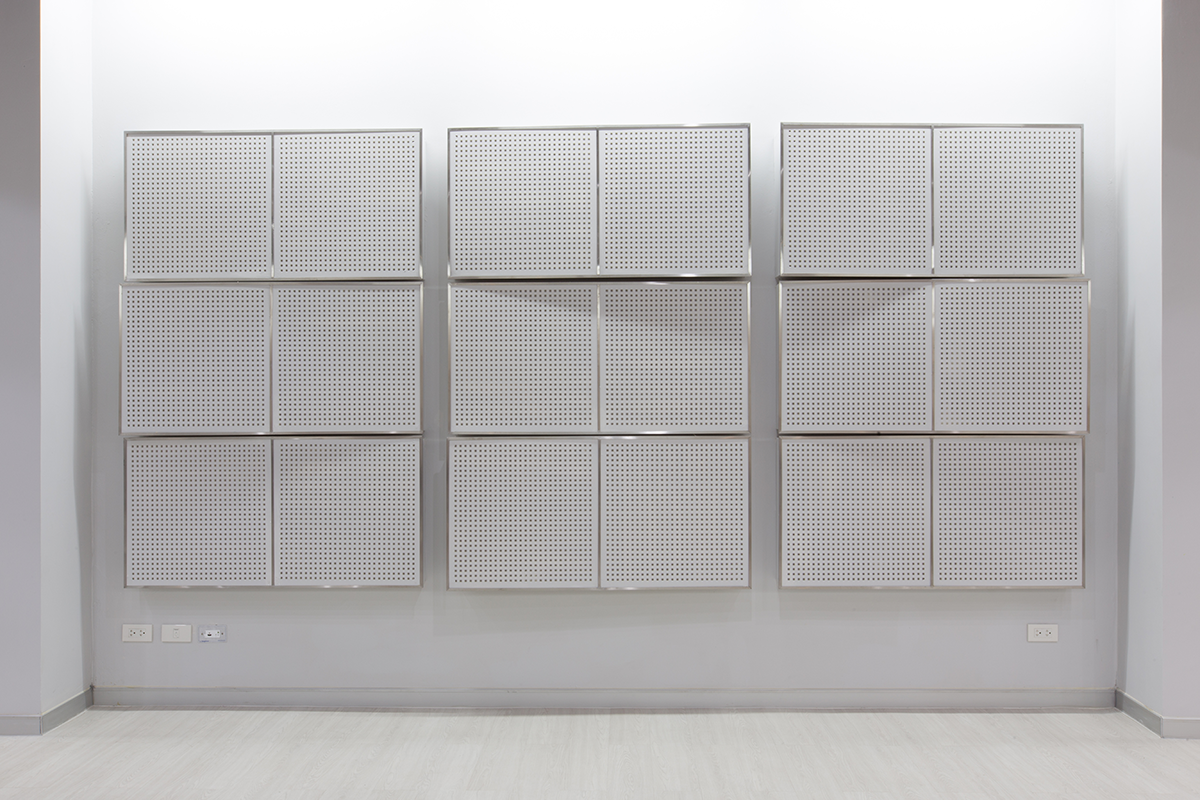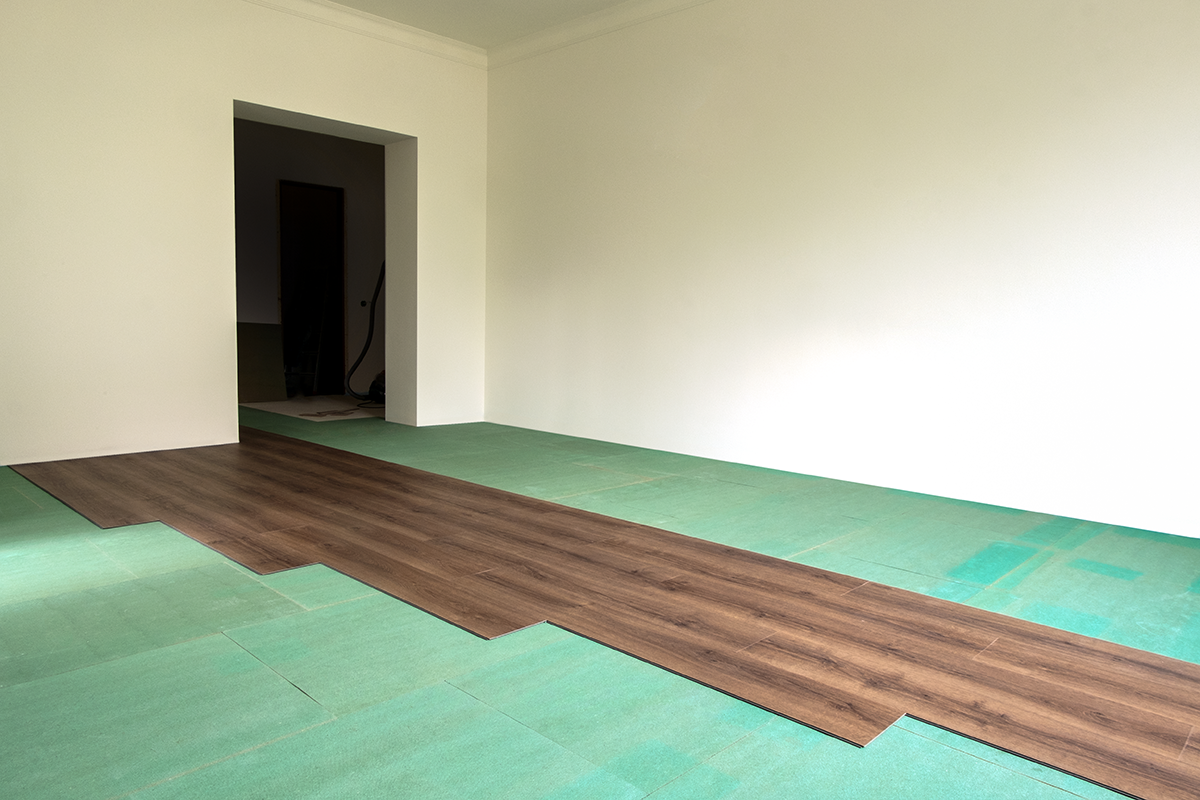New York Soundproofing: Five Boroughs with a Symphony of Solutions
New York Soundproofing: a mosaic of architectural diversity where each borough plays its own tune. However, the harmonies that resonate through the streets aren’t always welcomed within our walls. To address this city-wide challenge, experts like Ned Shatzer and his team at Hush are leading the way in acoustic solutions. So, how does soundproofing differ across the five boroughs? Let’s embark on this acoustic journey with Hush.
Manhattan Soundproofing: The Concrete Jungle Quieted
In Manhattan, a jungle of steel and glass houses a fascinating mix of modern high-rises and classic brownstones. The challenge here? Structural vibration in towering skyscrapers and inadequate door soundproofing. Damping materials like viscoelastic compounds and specialized decoupling techniques are often employed to minimize noise disruptions. New York Soundproofing in Manhattan often involves an intricate mix of materials and techniques.
Brooklyn Soundproofing: From Brownstones to Lofts
The cultural richness of Brooklyn extends to its buildings. Whether it’s a charming brownstone or a chic loft, each poses unique challenges for New York Soundproofing. For brownstones, heavy brick and layering techniques like Mass Loaded Vinyl can provide some respite from the city’s buzz.
Queens Soundproofing: Where Joists and Plaster Shine
In Queens, wooden joist and brick walls often grace the interiors of homes. The heavy oak floors found in many homes make for decent natural sound barriers. However, achieving that extra layer of quiet often involves New York Soundproofing with complex layering and advanced materials.
The Bronx Soundproofing: Prewar Perfection
What sets The Bronx apart are the prewar co-ops, boasting horsehair plaster known for its incredible acoustical absorption. Paired with the borough’s traditionally heavier wooden joists, soundproofing in The Bronx becomes a tale of leveraging existing structures to combat noise effectively.
Staten Island Soundproofing: Challenges and Solutions
Staten Island offers unique challenges with its semi-attached houses and Queen Anne-style homes. The gaps between such constructions can become highways for unwanted sound. Thankfully, advanced New York Soundproofing techniques can isolate you from the noise of even the closest neighbors.
Harmonizing New York Soundproofing Across the Five Boroughs
While Manhattan, Brooklyn, Queens, The Bronx, and Staten Island each have their distinct architectural styles and challenges, the fundamentals of soundproofing remain consistent: layering, mass, and decoupling. No matter your borough, modern solutions can keep the music of the city outside where it belongs.
So there you have it, a symphony of soundproofing solutions tailored to each of New York’s iconic boroughs. No matter where you lay your head, peace can be yours, one decoupled, well-insulated wall at a time.




